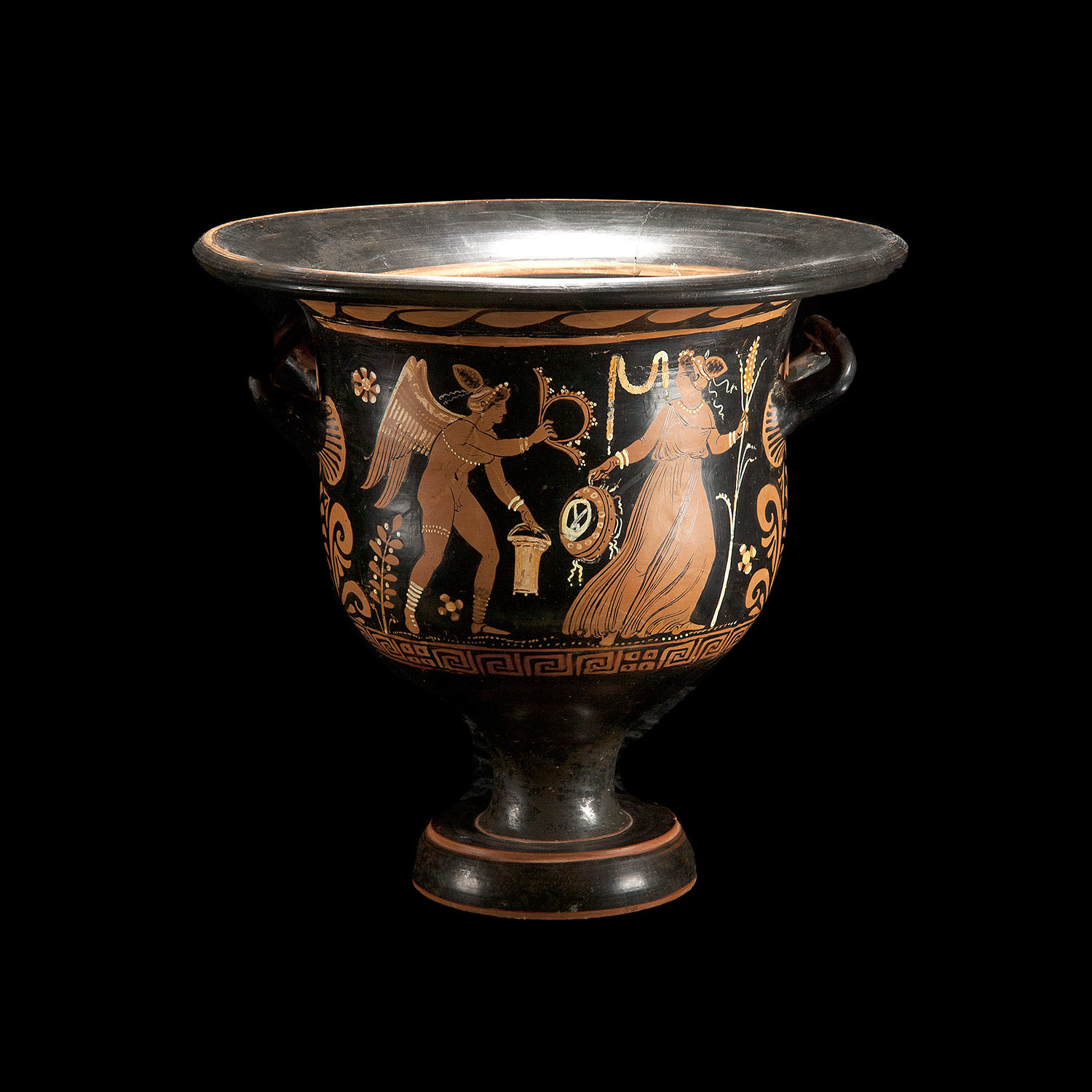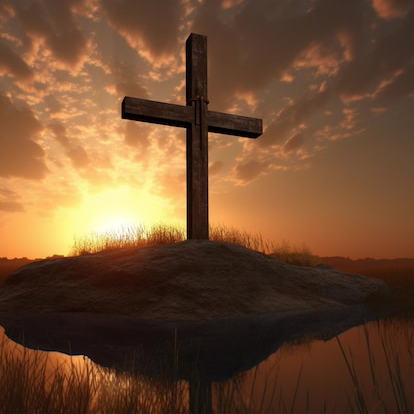precepts
Member
- Apr 4, 2009
- 628
- 0
I recently came across some verses in the old testament that the Catholic church has mixed up with their doctrine of Priests only for serving communion bread:
This is very interesting since there's no mention of Christ starting a priesthood in the new testament, especially one from pagan Rome.
Wikipedia's:
The problem is, all these verses refer to sons of Aaron, and I recently heard a Catholic priest on the Catholic tv show Web of Faith, clearly state, only the priests can serve communion bread! The fact remains, the bread Christ broke on Passover was unleaven bread, baked by each household that held the Passover:Lev 21:6 They shall be holy unto their God, and not profane the name of their God: for the offerings of the LORD made by fire, [b][and] the bread of their God, they do offer:[/b] therefore they shall be holy.
Lev 21:8 Thou shalt sanctify him therefore; for he offereth the bread of thy God: he shall be holy unto thee: for I the LORD, which sanctify you, [am] holy.
Lev 21:17 Speak unto Aaron, saying, Whosoever [he be] of thy seed in their generations that hath [any] blemish, let him not approach to offer the bread of his God.
Lev 21:21 No man that hath a blemish of the seed of Aaron the priest shall come nigh to offer the offerings of the LORD made by fire: he hath a blemish; he shall not come nigh to offer the bread of his God.
Mat 26:19 And the disciples did as Jesus had appointed them; and they made ready the passover.
Mat 26:20 Now when the even was come, he sat down with the twelve.
Mat 26:26 And as they were eating, Jesus took bread, and blessed [it], and brake [it], and gave [it] to the disciples, and said, Take, eat; this is my body.
Mat 26:27 And he took the cup, and gave thanks, and gave [it] to them, saying, Drink ye all of it;
Mat 26:28 For this is my blood of the new testament, which is shed for many for the remission of sins.
This is very interesting since there's no mention of Christ starting a priesthood in the new testament, especially one from pagan Rome.
Wikipedia's:
I wonder how many people know that the Catholic church still has this "College of Pontiffs" today, and that their priests hold the title of Pontiffs?!The Pontifex Maximus (Latin, literally: "greatest bridge-maker") was the high priest of the College of Pontiffs (Collegium Pontificum) in ancient Rome. This was the most important position in the ancient Roman religion, open only to patricians until 254 BC, when a plebeian first occupied this post. A distinctly religious office under the early Roman Republic, it gradually became politicized until, beginning with Augustus, it was subsumed into the Imperial office. Its last use with reference to the emperors is in inscriptions of Gratian[1] (reigned 375-383) who, however, then decided to omit the words "pontifex maximus" from his title.[2][3]
The word "pontifex" later became a term used for Christian bishops,[4] including the Bishop of Rome,[5] and the title of "Pontifex Maximus" was applied within the Roman Catholic Church to the Pope as its chief bishop. It is not included in the Pope's official titles,[6] but appears on buildings, monuments and coins of popes of Renaissance and modern times.
Origins in the Regal period
The Collegium Pontificum (College of Pontiffs) was the most important priesthood of ancient Rome. The foundation of this sacred college and the office of Pontifex Maximus is attributed to the second king of Rome, Numa Pompilius [7]. Much of what is known about the Regal period in Roman history is semi-legendary or mythical. The collegium presumably acted as advisers to the rex (king) in religious matters. The collegium was headed by the pontifex maximus, and all the pontifices held their office for life. But the pontifical records of early Rome were most likely destroyed when the city was sacked by the Gauls in 387 BC, and the earliest accounts of Archaic Rome come from the literature of the Republic, most of it from the 1st century BC and later.
According to the Augustan-era historian Livy, Numa, a Sabine, devised Rome's system of religious rites, including the manner and timing of sacrifices, the supervision of religious funds, authority over all public and private religious institutions, instruction of the populace in the celestial and funerary rites including appeasing the dead, and expiation of prodigies. Numa is said to have founded Roman religion after dedicating an altar on the Aventine Hill to Jupiter Elicius and consulting the gods by means of augury.[7]. Numa wrote down and sealed these religious instructions, and gave them to the first Pontifex Maximus, Numa Marcius.
-----
Rome RepublicThe Pontifex was not simply a priest. He had both political and religious authority. It is not clear which of the two came first or had the most importance. In practice, particularly during the late Republic, the office of Pontifex Maximus was generally held by a member of a politically prominent family. It was a coveted position mainly for the great prestige it conferred on the holder; Julius Caesar became pontifex in 73 BC and pontifex maximus in 63 BC.








